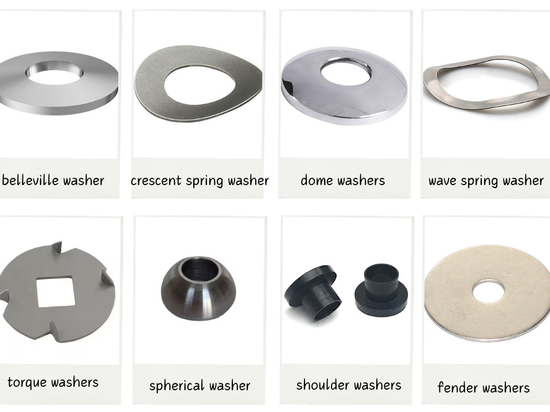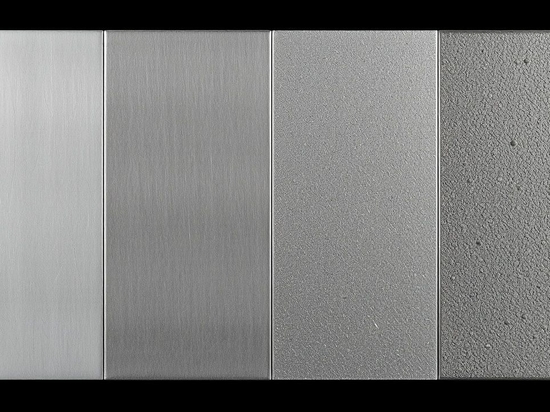
#Industry News
Three Types of Knurling and Knurling Techniques
Knurling Explained
Line Knurling: Produces a series of straight, parallel lines along a surface. It is often used for visual appeal and slightly improved grip. Line knurling is usually seen on tool handles, knobs, and fasteners.
Cross Knurling: Creates a diamond pattern on a workpiece by rolling intersecting diagonal lines onto the workpiece surface. This enhances grip, adds an attractive texture, and is often used on tool handles and knuckles to prevent slipping.
Diamond Knurling: Creates a criss-cross pattern that provides the best grip. It is often used on hand tools and knobs that must be held securely. Diamond knurling is prevalent in high-use hand tools such as wrenches, pliers, and machine tool controls.
Although knurling is relatively simple, it requires careful attention to detail to achieve high-quality results.
Proper alignment of the knurling tool is essential to prevent uneven patterns and excessive wear on the tool. Misalignment can result in poor knurling quality and damage to the tool and workpiece.
Exerting too much pressure can damage the workpiece or the knurling tool. Too little pressure can result in a shallow or incomplete pattern. Finding the right balance is critical to successful knurling.
Use the proper lubricant to reduce friction and heat that can cause tool wear and workpiece deformation. Lubrication helps extend the knurling tool's life and improves the knurled surface's quality.
The rotation speed of the workpiece must be carefully controlled to ensure a consistent pattern and avoid tool jumping or chattering. Consistent speed helps achieve an even pattern and reduces the risk of defects.




